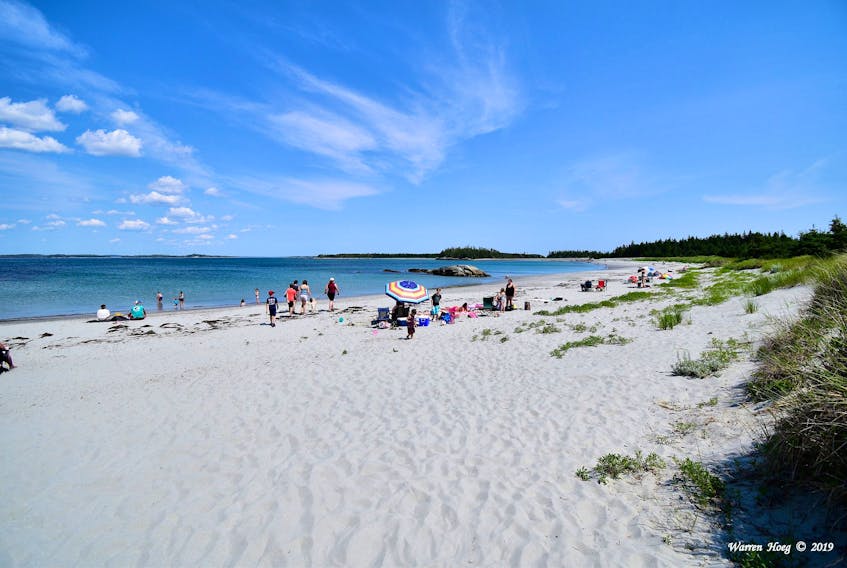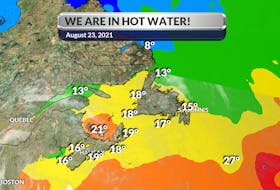“Local” is the craze these days and I love it. It’s so important to support local businesses and farmers, shop locally and eat local foods. It’s good for the economy, the environment and the soul.
Local weather is also very important but as a meteorologist, I have to step back and analyze the big picture first. Synoptic weather systems develop thousands of kilometres away. As they approach, my focus shifts to their impact on our local conditions. One of the keys to properly forecasting the weather is the wind. Prevailing wind comes from the pressure gradient that accompanies high- and low-pressure systems, but local wind patterns, especially near the water, are very specific.
While walking along the Halifax waterfront a few days ago, I overheard a man say “where did this wind come from, there was no wind this morning… ”
the time of the comment, we were enjoying a lovely sea breeze. A sea breeze describes a wind that blows from the ocean towards land. This breeze occurs most often during the spring and summer months because of the greater temperature differences between the ocean and nearby land, especially in the afternoon.
During the day, the sun heats both the ocean surface and the land. Water is a good absorber of energy from the sun. The land absorbs much of the sun’s energy as well. However, water heats up much more slowly than land and so the air above the land will be warmer compared to the air over the ocean. The warm air over the land will rise throughout the day, causing low pressure at the surface. Over the water, high surface pressure will form because of the colder air. In nature, everything seeks equilibrium – with a natural flow from high to low.
That’s why, in the afternoon on a warm sunny day, the wind blows from the higher pressure over the water to lower pressure over the land, causing the sea breeze.
- Visit your weather site.
- Have a weather question, photo or drawing to share with Cindy Day? Email [email protected]
Cindy Day is the chief meteorologist for SaltWire Network.









